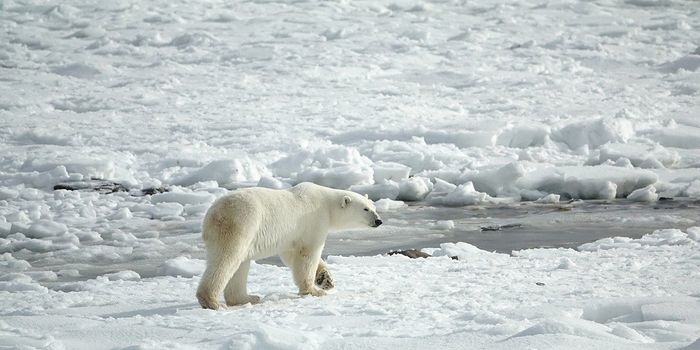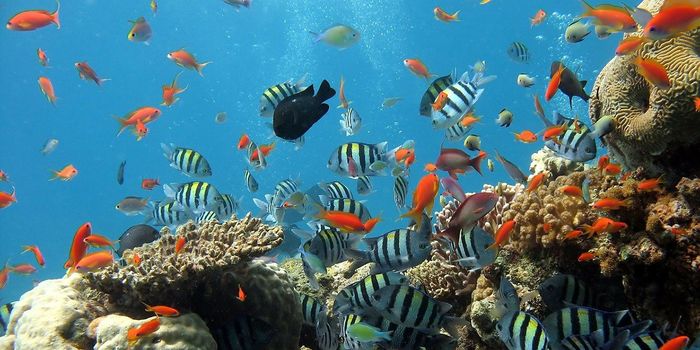In elementary school, we learned that trees make the necessary oxygen that we need to nourish our bodies and our cells. Additionally, trees and other plants make oxygen using a chemical reaction known as photosynthesis. Photosynthesis allows plants to use light energy from the sun where they can combine carbon dioxide (CO2) and water (H20) to make sugar and oxygen (O2), with little amounts of leftover water. However, in the winter when trees drop their leaves would there be less photosynthesis? And ultimately less oxygen?
The answer to both questions is yes, however, the earth has plenty of oxygen and the amount of oxygen in our atmosphere is pretty stable. By volume, roughly 21% of the air we breathe is O2 and almost all of this oxygen is from photosynthesis.
The trees and other plants that grow on earth are not the only sources of oxygen. In fact, about half or more of the O2 in our atmosphere comes from a bunch of microorganisms in the ocean called phytoplankton, which are capable of photosynthesis.








